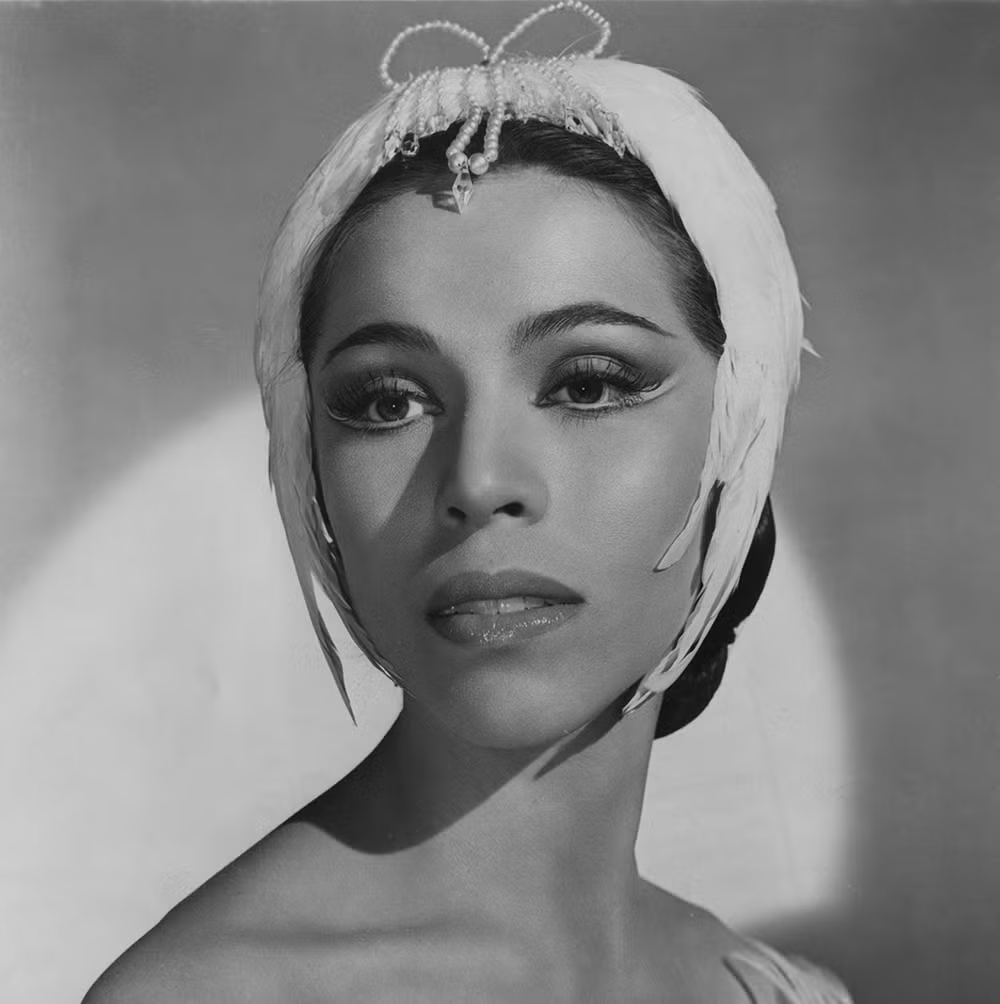
Table of Contents
Maria Tallchief: A Trailblazer in Ballet
Maria Tallchief, a pioneering figure in the world of ballet, was the first Native American (Osage Tribe) woman to achieve international acclaim as a prima ballerina. Born Elizabeth Marie Tall Chief on January 24, 1925, in Fairfax, Oklahoma, she rose to prominence in an era when ballet was largely dominated by European performers. Tallchief’s remarkable career spanned several decades, and her influence extended across the globe.
Early Life and Ballet Training
Raised in Los Angeles, California, Tallchief began her ballet training at an early age, studying under renowned teachers such as Ernest Belcher and Bronislava Nijinska. Her dedication to the art form quickly became evident, and by the 1940s, she had established herself as a leading dancer, performing with the prestigious Ballet Russe de Monte Carlo. It was during this period that she adopted the stage name “Maria Tallchief,” blending her heritage with her professional identity.
Career Milestones and International Fame
In 1947, Tallchief made history by becoming the first American to perform with the Paris Opera Ballet, further solidifying her international reputation. That same year, she was appointed as the first prima ballerina of the New York City Ballet (NYCB), a position she held for 13 years. Her collaboration with the legendary choreographer George Balanchine, whom she married in 1946, was a defining aspect of her career. Though their marriage ended in 1951, their artistic partnership continued to flourish, with Tallchief performing in many of Balanchine’s iconic works.
Throughout her career, Maria Tallchief captivated audiences with her extraordinary talent, grace, and dedication to ballet. As a trailblazer for both Native Americans and women in the arts, she remains an enduring symbol of excellence and perseverance in the world of dance.
Famed Ballerina
Maria Tallchief quickly rose to prominence in the world of ballet, captivating audiences with her performances in productions such as Orpheus, Scotch Symphony, Miss Julie, Firebird, and The Nutcracker, in which she famously portrayed the Sugar Plum Fairy. She also originated roles in Orpheus and Scotch Symphony, both choreographed by George Balanchine, among other ballets. Tallchief earned widespread acclaim for her technical precision, musicality, and remarkable strength, which solidified her reputation as a leading figure in ballet.
In 1957, she married Henry Paschen, and after the birth of their daughter, Elise, in 1959, Tallchief briefly stepped away from ballet. However, her passion for the art form drew her back to the stage, where she performed in several productions before retiring in 1965. After her retirement, she turned her attention to teaching, becoming a ballet instructor and serving as artistic director for the Lyric Opera Ballet. She later founded and directed the Chicago City Ballet.
Awards
In 1996, Tallchief was honored with the prestigious Kennedy Center Honors, becoming one of only five artists to receive the recognition for their contributions to the arts in the United States. That same year, she was inducted into the National Women’s Hall of Fame.
In 1999, she was awarded the National Medal of Arts, the highest accolade given by the U.S. government to artists and arts patrons. This award celebrates individuals who have made outstanding contributions to the growth and excellence of the arts in the U.S. (Other recipients include Mikhail Baryshnikov, Harry Belafonte, and Cab Calloway.)
Death and Legacy
Maria Tallchief passed away on April 11, 2013, at the age of 88, in Chicago, Illinois. She is survived by her daughter, Elise Paschen, her sister and fellow ballerina, Marjorie Tallchief, and two grandchildren.
Following her mother’s passing, Elise Paschen spoke about Tallchief’s remarkable legacy as a Native American ballerina, teacher, and artistic director: “My mother was a ballet legend who was proud of her Osage heritage. Her dynamic presence lit up the room. I will miss her passion, commitment to her art, and devotion to her family. She raised the bar high and strove for excellence in everything she did.”
